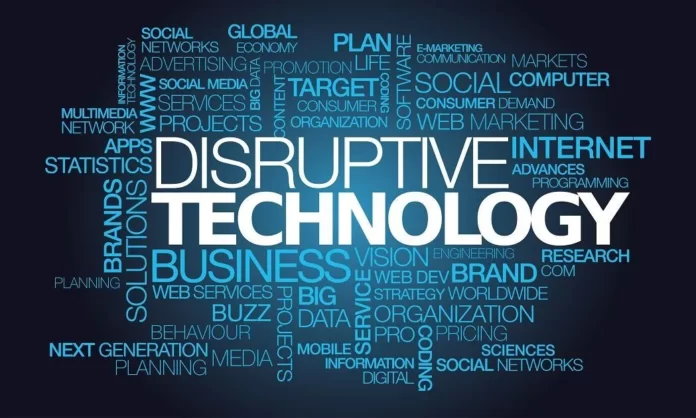Article Authored By: Mr. Prashant A Bhonsle, Founder of Kuhoo Fintech
Everyday education is becoming increasingly expensive owing to the rising inflation, weaker economies and conflicts. Even though we live in the 21st century with all the technology and advancements at our disposal, pursuing higher education dreams is still a matter of class for many people.
The All India Survey on Higher Education (AISHE) 2019-20 report revealed that the Gross Enrolment Ratio (GER) of higher education in India had reached 27.1%, a significant improvement from 26.3% in the previous year. For the unversed, GER in higher education is calculated for the age group of 18 to 23. It is the ratio of enrolment in higher education to the eligible age group population.
The same report revealed that the highest number of students enrolled in India are at the undergraduate level, a whopping 79.5% of the total enrolment. This begs the question, why is the higher education bracket not able to attract as many students as the undergraduate programs can? This is primarily due to a lack of financial literacy and resources. Many students start part-time or full-time jobs to support their higher education dreams. But it isn’t easy to juggle two mentally draining activities.
In this context, the latest disruptions in the technology sector have considerably improved the chances of higher education becoming more inclusive and accessible. These disruptive models enhance the probability of more students pursuing higher education smoothly and efficiently, irrespective of their background. The surprising part is it took a global pandemic for the education department to wake up and adopt new-age technologies and models to make the ecosystem all-encompassing and approachable for students hailing from all walks of life.
Disrupting the financial blockade Technology
One of the biggest challenges for students from middle- to lower-middle-class families is the lack of finances. Considering the costly tuition fees, accommodations and other miscellaneous expenditures, many students drop out before going through the entire admission process. However, given the restrictions and safety measures during the pandemic period, many emerging fintech solutions started providing consumers with smart, innovative and infinitely more convenient methods.
Borrowing loans have become incredibly more inclusive after the pandemic. This has given students who don’t want to burden their parents financially a way to become self-reliant. Many fintech platforms offer students various benefits on education loans, quick disbursement, and easily manageable repayment methods.
As a cherry on top, some fintech platforms also onboard education sector experts as counsellors so that they can assess the prospects of a student applicant by considering their choice of field, course, institution and grades. If the applicant fits the bill, they will have the opportunity to avail of education loans that are entirely collateral free without needing a co-borrower. Though terms and conditions bind these approaches, even then, it is an excellent opportunity for students to miss out on higher education just because of financial hurdles.
Disrupting the conventional teaching methodologies
The Indian education sector has been boasting of being technology inclusive for ages, but we witnessed the reality during the initial lockdown phase. Just the thought of traditional physical classes shifting to online learning mode led to complete turmoil. This was when we understood that just by adding a couple of extra computers in school or installing one projector in class XII doesn’t mean the education system is evolving with respect to technological advancements. However, kudos to the entire education fraternity, despite all the obstacles, hiccups and frustrating moments, didn’t let students’ learning pace take a severe hit.
Today the disruption in the online education format has grown magnificently. Students worldwide can easily access the best-in-class classes from any part of the world by enrolling in online classes. While physical classroom education will forever stay relevant, there’s no denying the fact that online education platforms have made it possible for almost every aspirant to gain more knowledge, despite having other commitments, professional or personal.
Also Read: Interview with Chief Executive Officer of Navneet TopTech – Harshil Gala
Summing Up
Disruptions are not always positive. Like two sides of the coin, disruption also has positive and negative aspects. However, in education, disruption has mostly ignited optimistic vibes. In fact, we can also call these disruption models the highlight of the modern education system’s evolution process.
For higher education to reach every student on this planet, it is pivotal for such disruptions to continue emerging. At the same time, it is also crucial for leaders and education-based startups or institutions to take note of such disruptions and introduce their products and services accordingly.
Visit EasyShiksha for skill development courses



































































